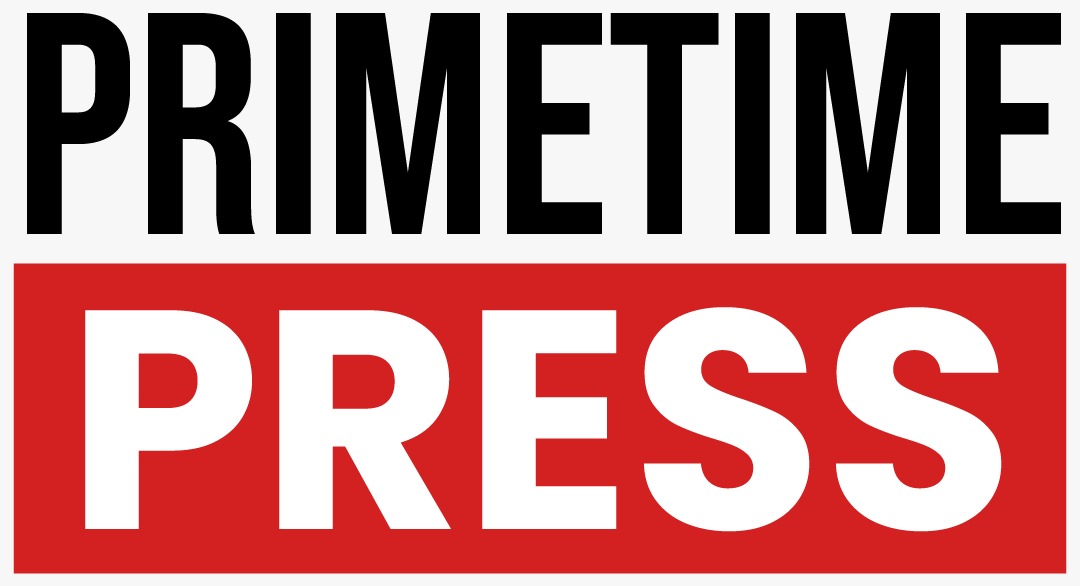Eurozone Inflation Stagnates: Insights from April 2025
In April 2025, inflation rates in the euro zone remained steady at 2.2%, as reported by Eurostat. This figure failed to meet economists’ expectations for a decrease to 2.1%, suggesting that inflation dynamics are more complex than anticipated. The background of this report provides a deeper look into the economic landscape of the euro zone and the implications for monetary policy.
Current Inflation Trends
Core inflation, which excludes the more volatile sectors of food, energy, alcohol, and tobacco, rose to 2.7% from the previous month’s 2.4%. Additionally, services inflation showed an uptick, reaching 3.9%, compared to 3.5% in March. This increase may be attributed primarily to timing effects surrounding the Easter holiday, according to Franziska Palmas, senior economist at Capital Economics.
Market Reactions
Following the inflation data release, the euro strengthened against both the U.S. dollar and British pound, indicating a slightly optimistic view among traders. However, bond yields reflected a cautious atmosphere, as the 10-year German bonds remained stable, trading around 3 basis points higher.
The Economic Outlook
Market experts like Michael Field, chief equity strategist at Morningstar, caution against complacency, noting that rising tariff uncertainties could create a precarious environment for economic stability. He posits that any intensification in trade tensions could spur inflationary pressures across Europe.
Furthermore, the European Central Bank (ECB) is in a delicate position. ECB President Christine Lagarde mentioned that while the central bank is on track to reach its inflation target by 2025, it needs to remain vigilant about various factors that could disrupt this trajectory, such as potential retaliation to U.S. tariffs.
Policy Implications
The recent inflation data may provide the ECB with room for maneuver in adjusting interest rates. Following a reduction last month that brought the deposit facility rate down to 2.25% from mid-2023 highs of 4%, the possibility of further cuts is under consideration. Lagarde reaffirmed the bank’s commitment to being “data dependent to the extreme” when evaluating future rate decisions.
Broader Economic Context
Earlier reports from major eurozone economies showed varied inflation figures. Germany reported a 2.2% rise in consumer prices, slightly missing forecasts, while France’s harmonized inflation reached 0.8%, edging ahead of expectations. Additionally, preliminary data indicated a 0.4% GDP growth in the eurozone for the first quarter of 2025, surpassing projections of 0.2% growth.
Despite these positive indicators, experts warn of a slowdown as the global impact of tariff disputes unfolds, which could affect economic momentum in the coming months.

